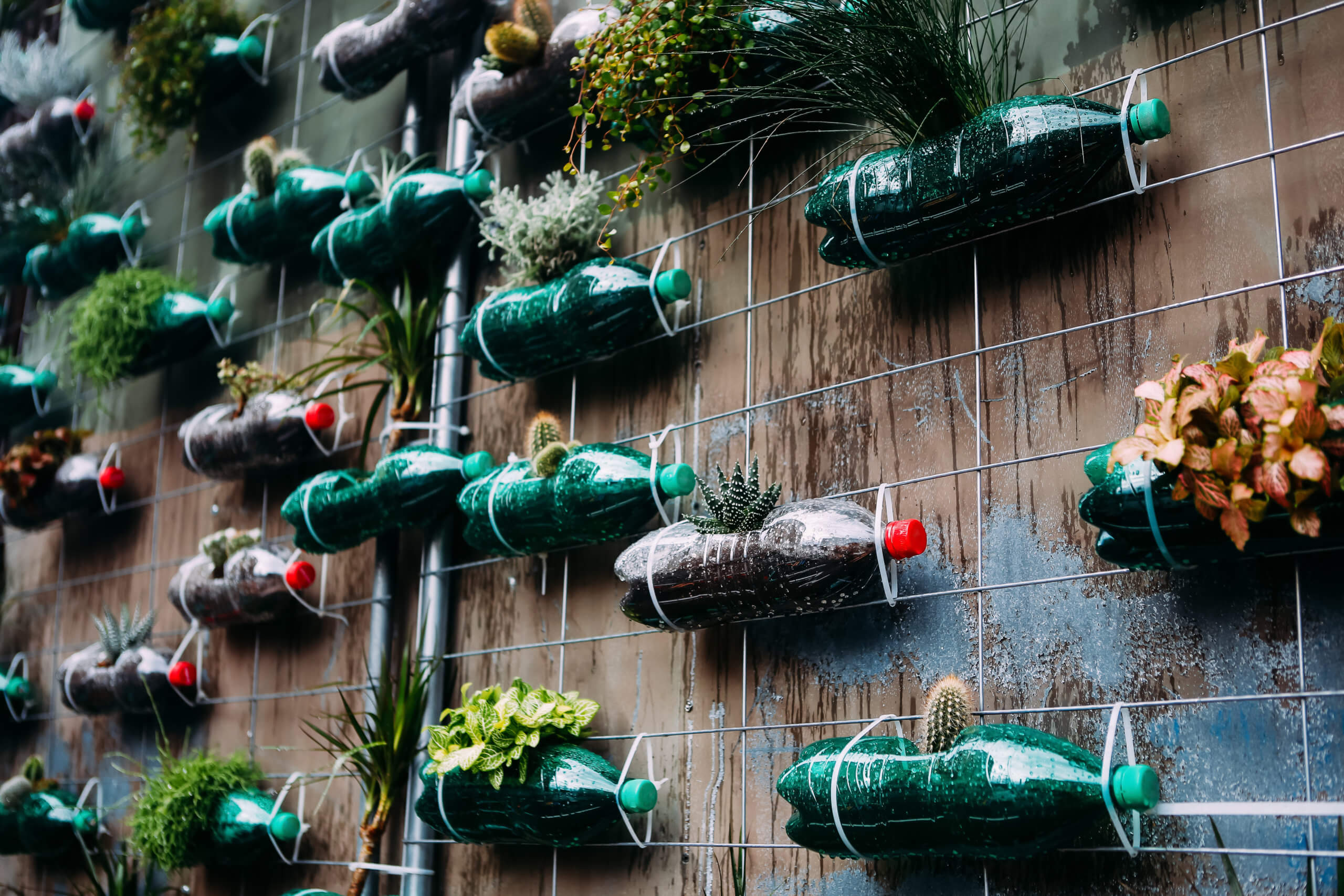
From trimming hedges and mowing lawns to planting herbs, flowers and vegetables, plastic ensures that backyard maintenance and beautification are accessible for everyone. Plastics ensure that even those without private outdoor spaces or patios can garden inside without making a mess or breaking the bank. As focus on the home has grown over the last few years, both inside and out, and the popularity of gardening has increased, plastic’s affordability and versatility create products that all can purchase and use.
While gardening is gaining popularity, many Americans lack the outdoor space that would allow them to partake in gardening hobbies. However, plastics are making it happen despite these challenges. Plastic grow bags, made from polypropylene, bring the outdoors in, and serve as a safe and clean way for those without outdoor spaces to curate plants, vegetables and herbs inside their homes.
Instead of being planted in the ground, plastic growbags act like portable raised beds or pots so plants, herbs and vegetables can grow anywhere, including inside or on a balcony. These bags are portable and lightweight making it easy for anyone to use and transport. Most importantly, portability allows consumers to grow plants and produce their own vegetables and herbs even if they don’t have access to a yard, meaning that any of the nearly 39 million Americans living in apartments can still garden and access fresh vegetables and herbs. Even renters with lease agreements that forbid landscape modifications (like a garden) are now able to garden with the help of plastic grow bags.
Plastic grow bags are also affordable, meaning that anyone can access them. The blue IKEA FRAKTA bags are just $0.99 compared to a $30 fabric grow bag or a $140 planter.
Plastic grow bags also provide easy do-it-yourself opportunities for consumers to repurpose plastic bags they already have, saving money and supporting sustainability through product circularity. For example, the iconic IKEA FRAKTA bag, made of polypropylene plastic, is commonly repurposed as a DIY growbag – so frequently in fact that IKEA actually recommends this practice. Gardeners can also reuse plastic pots and repurpose used yogurt cups, plastic bottles, and ice cream cartons as durable and leak proof “micro” gardens, both inside and out. This creates a sustainable end market for these products while also allowing consumers to enjoy herbs and plant life inside.
Home gardeners and landscapers come in all ages and levels of experience, and plastic makes even bulky equipment easy to use for all, especially for those who have larger outdoor gardening or landscaping spaces. Plastic wheelbarrows are rust-proof, lighter and easier to maneuver than steel alternatives, making them an easy choice for home gardeners needing to haul soil, pots and other gardening tools around yards of varying sizes. Equipment manufacturers are also now investing in recycled plastic for wheelbarrows, like Lasher Tool’s top-rated Ecobarrow made from 100% recycled polyethylene and nylon plastics.
In addition to being lightweight and maneuverable, plastic wheelbarrows are also much more affordable than steel alternatives. A steel wheelbarrow can cost over $100 more than a similar plastic one. These price differentiations are consistent across gardening equipment and tools and show just how vital plastic is to making this hobby more accessible and affordable for all.
In addition to heavier duty equipment, plastic also makes hand tools widely used in micro or vegetable gardens safer and more affordable. Plastic trowels and hand shovels are lighter than their steel counterparts and are nearly half the price, making it so that all consumers can afford implements for gardening and landscaping. Plastic blades can also reduce injuries and are safer for children who are just learning to garden to use. Even larger tools, like shovels and rakes, that rely on metal for their blades, use hard plastics for handles that make the products lighter and more affordable. Fiberglass, a plastic polymer, is also being increasingly used for handles as a substitute for wood. Fiberglass is more durable than wood and reduces the reliance on wood products that can lead to deforestation.
Plastics are the easy choice when it comes to at-home gardening. From growbags that create gardens without yards, to lightweight wheelbarrows and hand tools that make moving soil and plants easier and more affordable, plastic is making gardening and landscaping accessible and affordable for all.